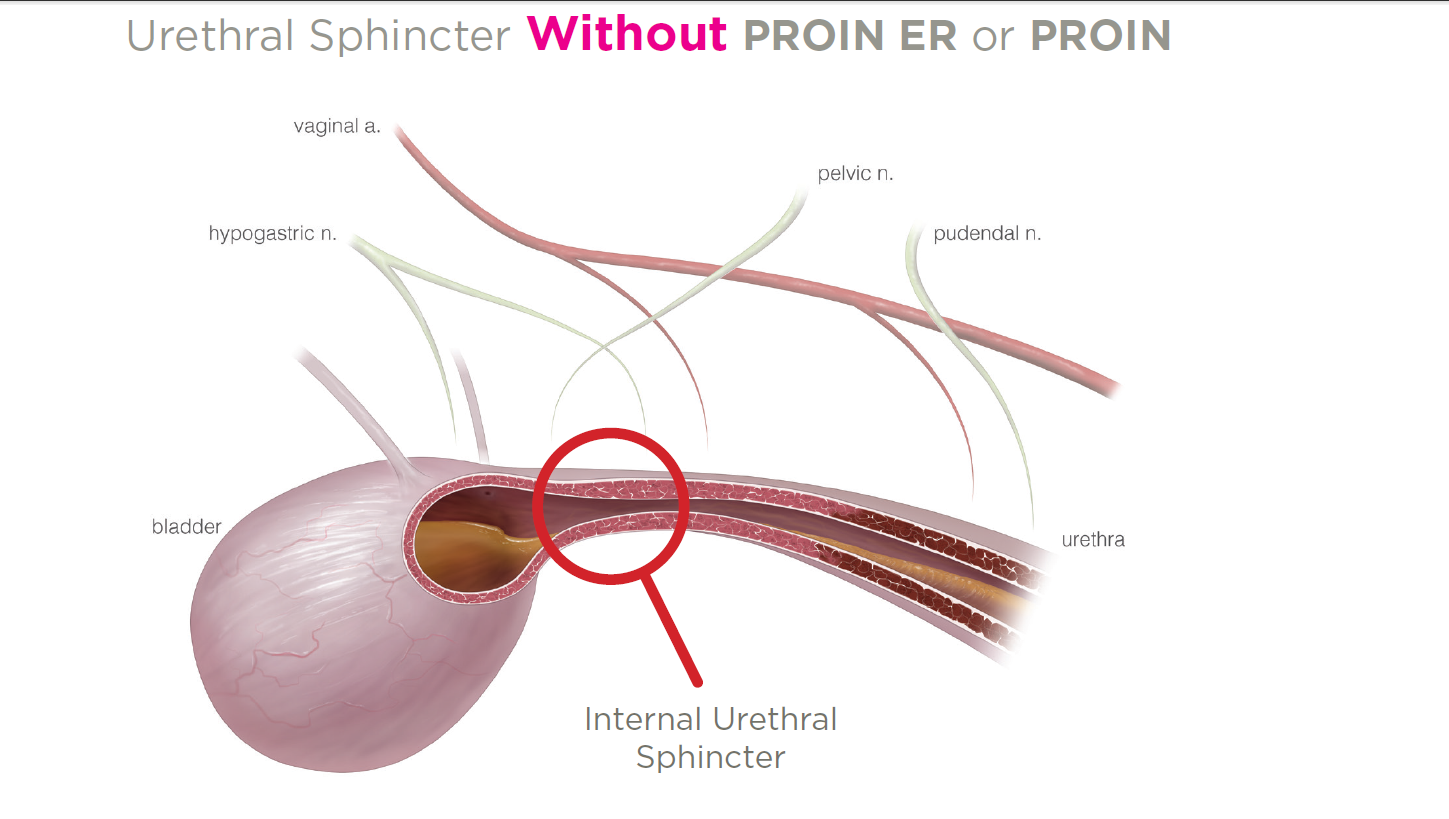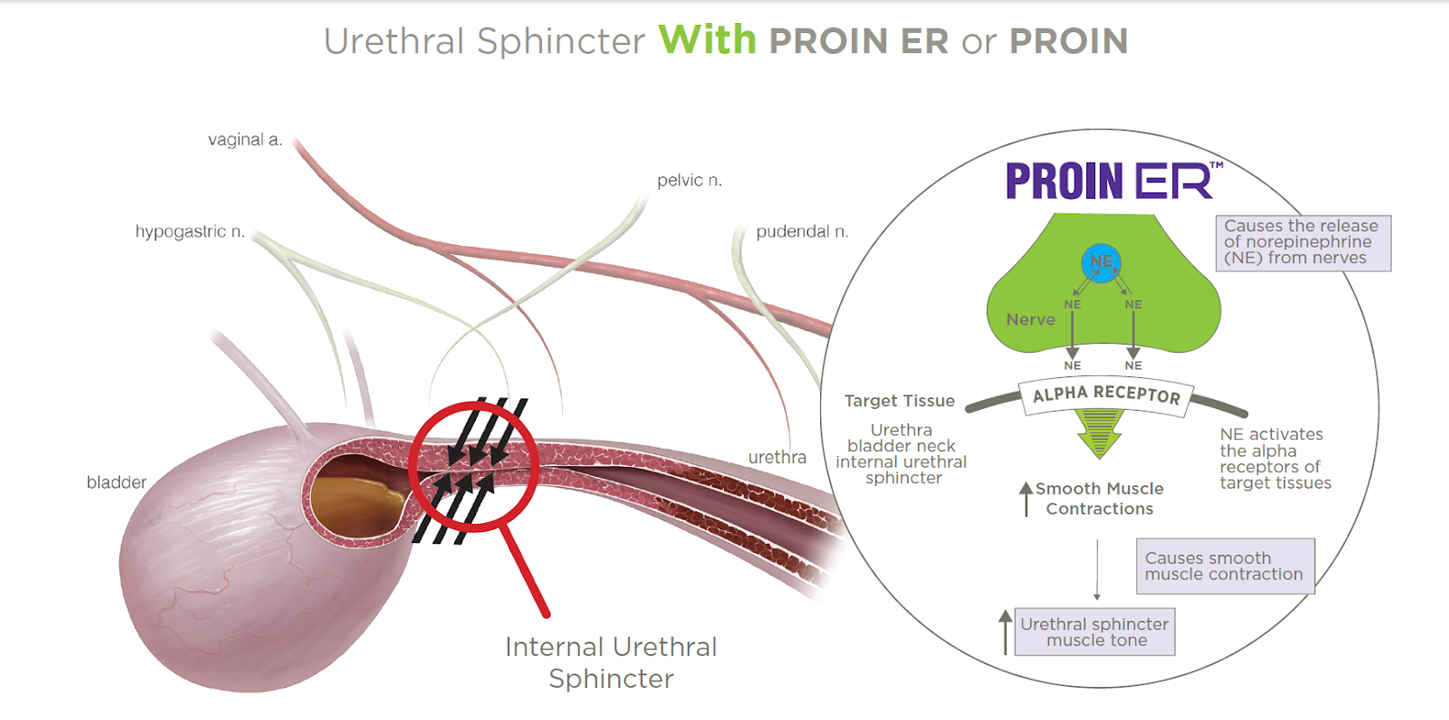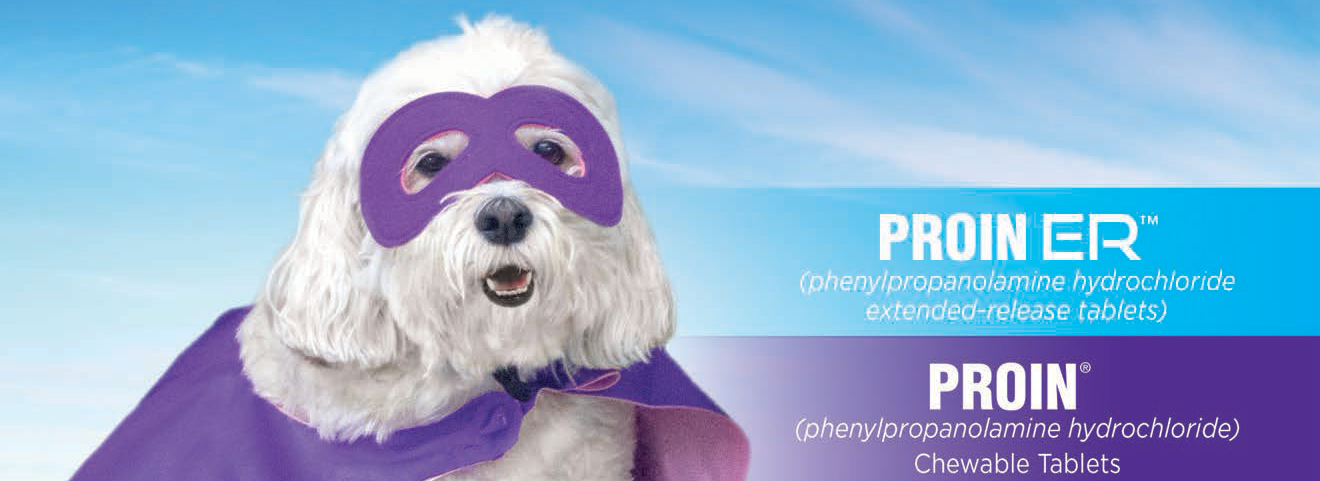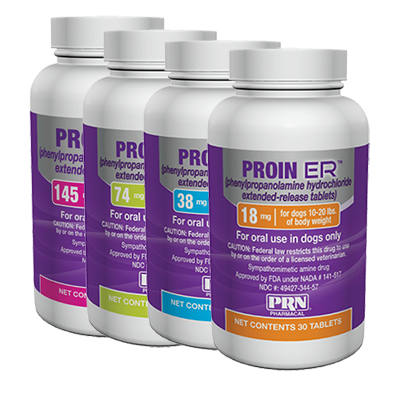 Web Content Viewer
Web Content Viewer
Urine Trouble Now - A Look at Canine Urinary Incontinence
Published on 1/6/20

Urinary incontinence (UI) refers to the involuntary leakage of urine. In other words, urine voiding is apparent when a patient did not intend to do so. There are numerous conditions that can result in urinary incontinence but the most common cause is related to the loss of urethral sphincter muscle tone that would normally prevent involuntary urine leakage. This condition is common in spayed female dogs and is referred to as urethral sphincter mechanism incompetence (USMI).

Illustrations by Diogo Guerra, medical illustrator
When presented with a dog that might have urinary incontinence it is critical to discuss the issue with the owner and first establish that the pet is unaware of urine passage. Physical examination focuses on the lower urinary tract. A complete urinalysis is always performed. USMI is highly suspected if there are no other physical issues identified and the urinalysis is normal.
USMI occurs in up to 20% of spayed female dogs with an increasing prevalence (up to 30%) in female dogs weighing more than 30 pounds. The onset of UI is usually observed 1-4 years following ovariectomy and is more common in females neutered prior to sexual maturation (estrus). Breed predisposition has been reported in Boxer, Doberman Pinscher, German Shepherd, Weimaraner and Old English Sheepdog. Involuntary leakage of urine usually occurs when the patient is resting or sleeping; when awake normal urine voiding is present.
The exact mechanism for USMI development remains unclear. Multiple factors including the interaction of pituitary-gonadal hormones, urethral smooth muscle receptor function and the integrity and tissue characteristics of the pelvic “girdle” muscles play a role in reduced urethral muscle tone and decreased urinary bladder neck and urethral closing pressure.
Medical treatment involves stimulation of adrenergic alpha-receptors that increase tone to the urethral smooth muscle layer. This stimulation effectively increases urethral and bladder neck closure pressure in spayed female dogs with UI. Pharmacologic alpha-adrenergic receptor agonist drug therapy or oral estrogen replacement therapy may be considered to increase urethral smooth muscle tone. Studies demonstrate that alpha-adrenergic drugs restore urinary continence in up to 90% of patients; oral estrogen replacement therapy restores urinary continence in up to 65% of patients.

Illustrations by Diogo Guerra, medical illustrator
Phenylpropanolamine HCl (ProinTM & Proin-ERTM, PRN Pharmacal) is an alpha-adrenergic agonist (sympathomimetic amine) prescribed to increase urethral tone via its direct effect on smooth muscle. Phenylpropanolamine stimulates alpha-adrenergic receptors within the urethral smooth muscle providing a rapid increase in urethral and urinary bladder neck closing pressure. This action provides for restored urinary continence and prevents the involuntary leakage of urine. Phenylpropanolamine HCl also affects alpha-adrenergic receptors in vascular smooth muscle and may result in a modest increase in blood pressure.
An FDA approved drug formulation (ProinTM) has been successfully used since 2011 in dogs with urinary incontinence due to urinary sphincter hypotonus. This drug is dosed at 2 mg/kg by mouth twice daily with a maximal alpha-receptor effect of occurring 2 to 6 hours following oral administration. An extended-release formulation (Proin-ERTM) recently received FDA approval for use in dogs with urinary incontinence due to urethral sphincter hypotonus.
The new extended-release formulation will allow for once-daily administration at 2 to 4 mg/kg, thereby providing for owner ease of use, increased client compliance and in addition importantly reducing side effect potential due to the maintenance of a steady-state blood level over an extended period of the day. Blood pressure should be determined prior to and periodically monitored during treatment especially in older or higher-risk patients on either formation of this drug. Other less common side effects may include restlessness, insomnia and decreased appetite.
In summary, urinary incontinence is a frequently occurring medical disorder in dogs. There are multiple potential causes and a thorough diagnostic investigation is warranted. Urethral sphincter hypotonus (USMI) is the most frequent cause and it is anticipated that it will continue to be an issue in veterinary practice relating to our spay and neuter tendencies. Effective medical therapy is available and is directed at improving urethral sphincter muscle tone with alpha-adrenergic drug therapy or oral estrogen replacement therapy.

For important safety information and full prescribing instructions, view the product insert for Proin ER here.
This blog post was sponsored by PRN Pharmacal. www.prnpharmacal.com

